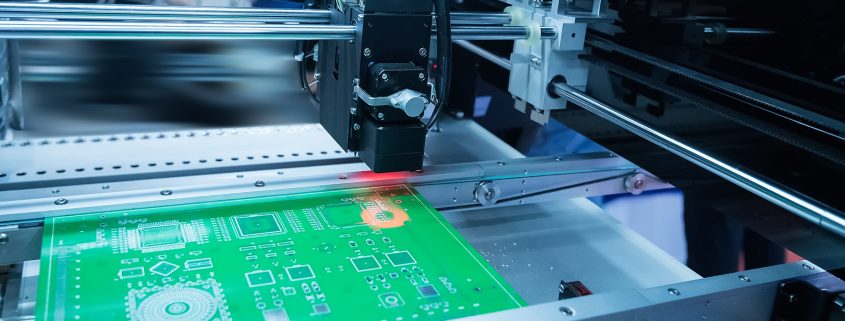Analog Design for Medical Devices: Ensuring Safety and Reliability
In medical devices, where precision and reliability are paramount, analog design is the cornerstone of innovation. Analog circuits form the backbone of many critical functionalities in medical equipment, from patient monitoring to diagnostic imaging. As technology advances, the importance of robust analog design in ensuring the safety and reliability of these devices cannot be overstated. Let’s explore how these deisgn principles are instrumental in developing cutting-edge medical technologies.
Optimizing Signal Processing with Analog Design
This type of design lies at the heart of signal processing in medical devices, facilitating the accurate capture and interpretation of vital physiological data. Whether it’s an electrocardiogram (ECG) machine detecting heart rhythms or a blood glucose monitor measuring glucose levels, analog circuits’ quality directly impacts the readings’ accuracy. By leveraging Analog techniques such as noise reduction, filtering, and amplification, medical device manufacturers can enhance signal fidelity, minimizing the risk of erroneous readings and ensuring precise diagnosis and treatment.
For instance, in implantable cardiac devices like pacemakers and defibrillators, Analog Design plays a crucial role in ensuring reliable detection of cardiac signals and delivering appropriate therapy. These devices rely on intricate analog circuits to sense minute changes in heart activity and deliver therapeutic interventions with utmost precision. By employing advanced methodologies, manufacturers can optimize the performance of these life-saving devices while minimizing the risk of false alarms or malfunctions.
Mitigating Risks through Robust Design Practices
In the highly regulated medical device manufacturing field, ensuring safety and reliability is paramount. Analog Design plays a pivotal role in mitigating device failure or malfunction risks, thereby safeguarding patient well-being. By adhering to stringent design practices and standards, engineers can minimize the likelihood of critical errors and design flaws that could compromise device performance.
One key aspect of Analog Design for medical devices is the implementation of redundancy and fault-tolerant mechanisms. By incorporating redundant components and circuitry, designers can create fail-safe systems that operate reliably even during component failure or environmental disturbances. Additionally, thorough testing and validation procedures are essential to identify and address potential failure modes during the design phase, ensuring that the final product meets the highest safety and reliability standards.
Conclusion
In conclusion, Analog Design is pivotal in developing safe and reliable medical devices. From optimizing signal processing to mitigating risks through robust design practices, analog circuits form the foundation of many critical functionalities in modern healthcare technology. As the demand for innovative medical solutions continues to grow, the importance of leveraging Analog Design principles to ensure accuracy, precision, and patient safety cannot be overstated. By prioritizing the rigorous design and validation of analog circuits, medical device manufacturers can continue pushing the boundaries of what’s possible in healthcare innovation, ultimately improving patient outcomes and quality of life.
Learn more about Linear MicroSystems by clicking here!
Linear MicroSystems, Inc. is proud to offer its services worldwide as well as the surrounding areas and cities around our Headquarters in Irvine, CA: Mission Viejo, Laguna Niguel, Huntington Beach, Santa Ana, Fountain Valley, Anaheim, Orange County, Fullerton, and Los Angeles.






